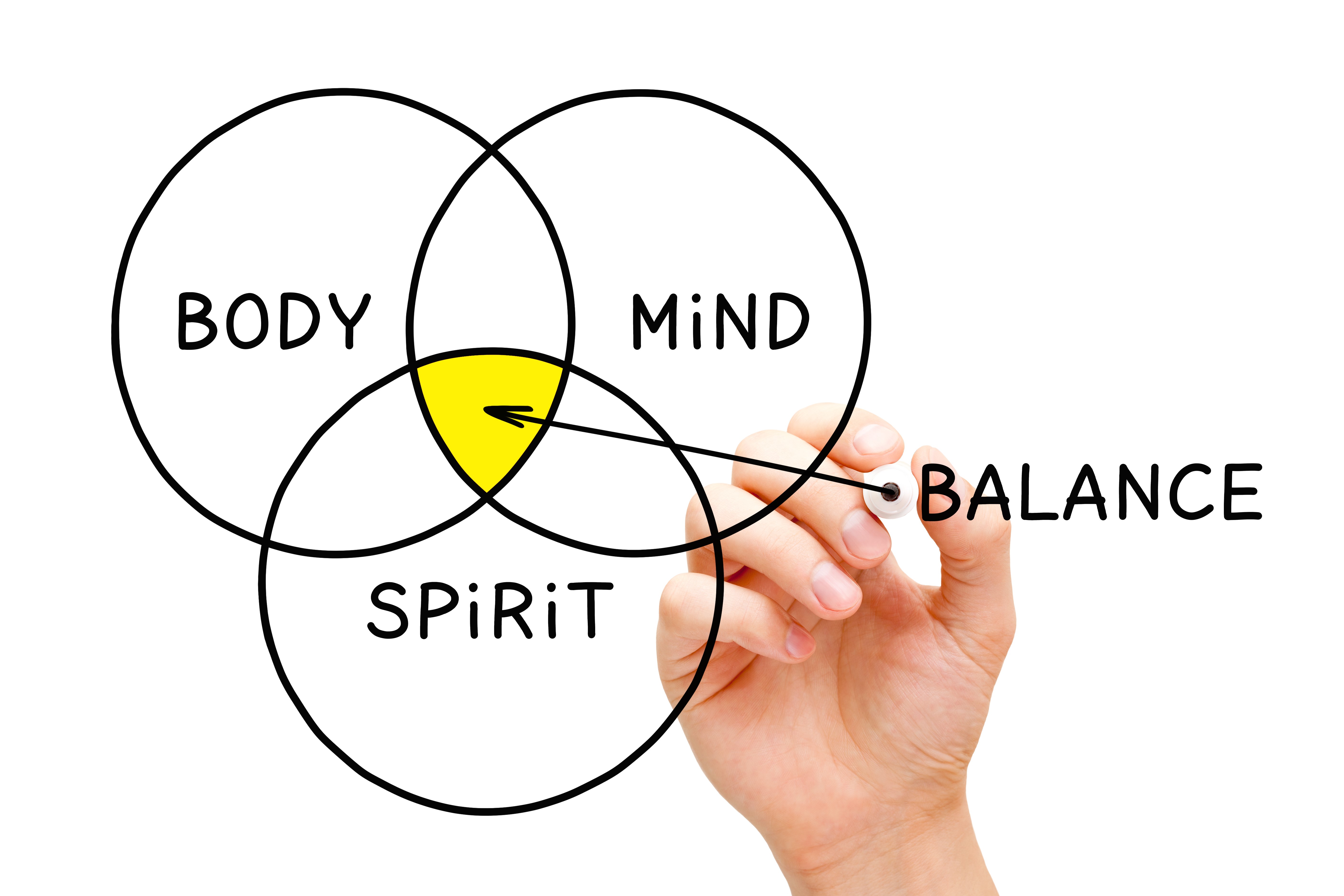Burn-out on four levels
We can divide the human experience into three spheres; The body, where a problem can manifest as physical symptoms which deplete us of the energy to tackle things; The mind, where a faulty or limited set of convictions can cause a person to get very stuck, and unable to resolve and the emotional sphere where unresolved pain from the past, or other sensitivities, can cause someone to shut down in the face of challenges.
If as a therapist I would try to use CBT to create a more positive mindset, the body’s physical symptoms of fatigue, high blood pressure, headaches, stomach pain etc. can pull the most optimistic person back into despair. If we do only body-based therapy we ignore at our peril the emotional vulnerabilities that have led the client to this cliff edge and if we only treat the emotional disbalance, the mind will not be able to use the signals from the emotions and body to create a new and better road map for coping with stress in the future.
This is already complex. However to be effective in burnout cases, I not only engage body, mind and emotions with my therapeutic interventions, but I also use hypnotherapy (also known as neuro linguistic programming which is basically NLP on steroids). This needs to be done to reprogramme the subconscious mind and uproot old convictions that no longer have relevance for my clients but still negatively influence them and inhibit growth and change.
It has long been known that burnouts are complex and call for a multidisciplinary approach. Depending on the burnout case the emphasis can differ, but all four levels will need to be addressed. This complexity may explain why burnout recovery takes an average of 8 months, but it also indicates that we need to do more as a society to help people with burnout in times of increasing work stress.
Sinead Daly,
Integrative therapist.

